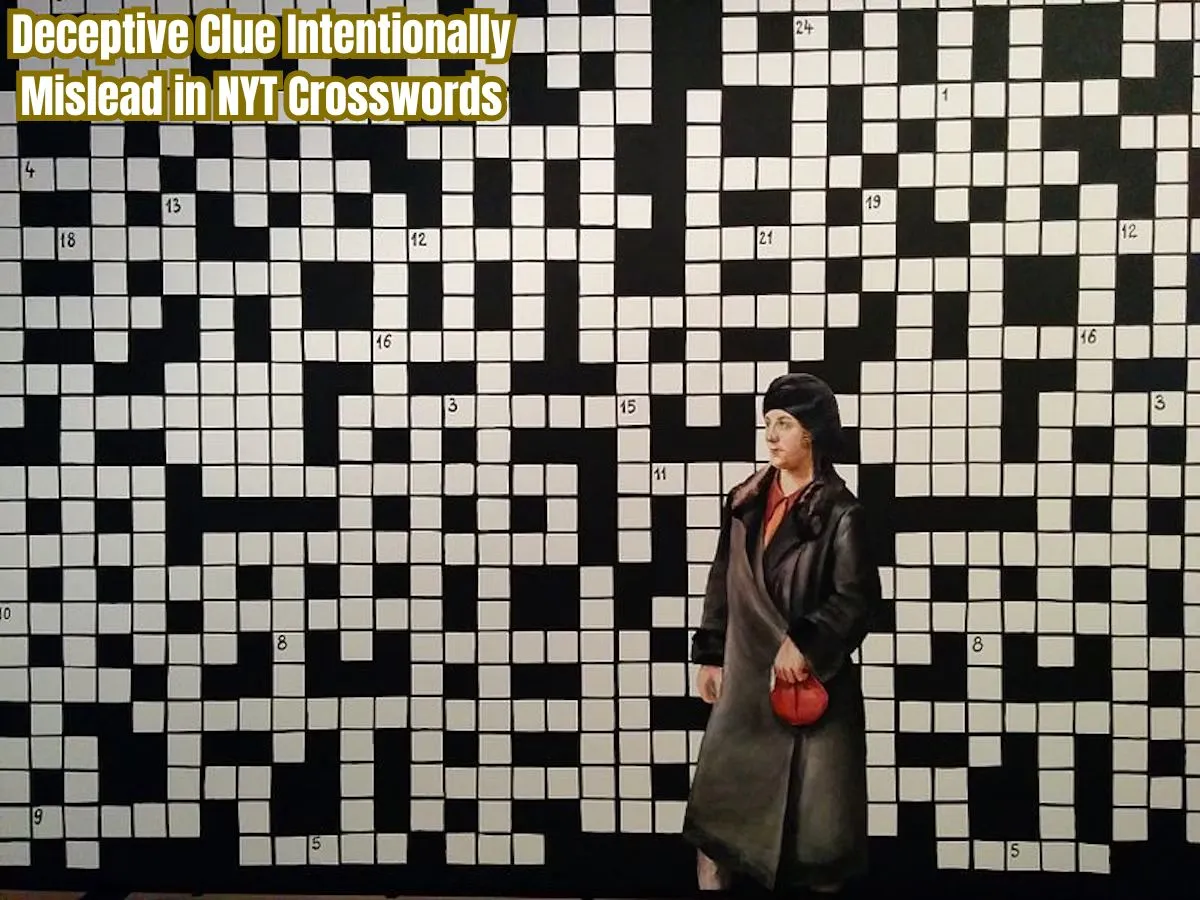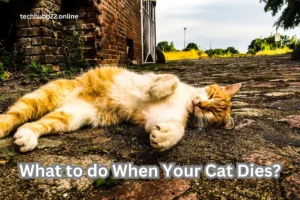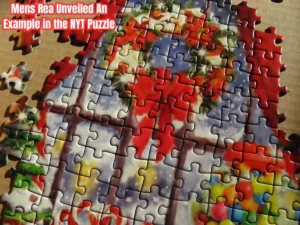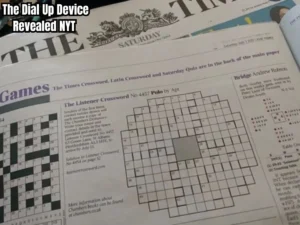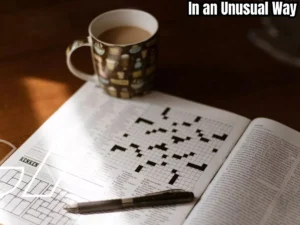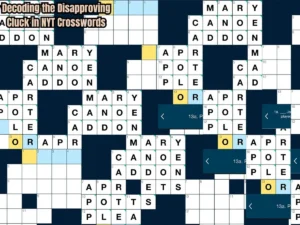In NYT crosswords, Intentionally Mislead in NYT clues are designed to mission solvers via smart wordplay and ambiguity.
Spotting those problematic clues is vital to mastering the puzzle and turning frustration into fun.
Ever been stumped by a seemingly simple NYT crossword clue that turned out to be a clever trick? That’s the art of intentional mislead!
An intentional deceive in the NYT crossword uses clever wordplay or ambiguity to trick solvers. Mastering these clues provides project and pleasure to fixing.
What Is an Intentional Mislead in Crosswords?
An intentional deception in crosswords is a clue crafted to misinform solvers with the aid of the usage of clever wordplay, ambiguous wording, or misleading phraseology.
These clues are designed to guide you in the direction of the incorrect answer first of all, making the fixing method harder.
This section will wreck down how intentional misleads paintings, imparting examples and insights into the techniques used by crossword creators to maintain solvers guessing.
How to Spot Deceptive Clues
Spotting misinformation can save you treasured fixing time and frustration.
This segment teaches you the crimson flags to look for, together with clues that appear too apparent or ones that have more than one ability interpretation.
You’ll learn how to study between the strains, recognise when a clue is gambling with more than one meanings or puns, and how reputedly honest clues would possibly have a deeper, trickier answer.
Common Types of Intentional Mislead Clues
There are several ordinary sorts of misleading clues in crosswords. In this segment, you’ll study the most not unusual kinds, consisting of:
- Puns and Wordplay
Clues that involve playful use of phrases, where the answer would possibly sound like an extraordinary word or word.
- Double Meanings
Clues in which one phrase has two meanings, with the answer counting on the less apparent interpretation.
- Ambiguous Phrasing
Phrases that might be interpreted in multiple ways, designed to steer you off target.
- Misleading Context
Clues that make you watch 1 class (like geography) while the solution lies in some other (like a name).
By information of those sorts, you’ll be better prepared to decode difficult clues.
Strategies for Solving Misleading Clues

Armed with information about how misleads paintings, you’ll want powerful strategies to solve them.
This section covers practical techniques which includes:
- Rethinking the Clue
Don’t take the clue at face value—consider distinctive meanings or contexts.
- Looking for Wordplay
If a clue appears ordinary, it would contain a pun or wordplay. Try pronouncing the solution in a different way or thinking about homophones.
- Cross-Referencing Other Clues
Use answers from crossing words to assist guide you within the proper route.
- Eliminating the Obvious Answer
If an answer seems too obvious, it’s likely a trap. Think deeper. These strategies will help you tackle even the maximum misleading clues optimistically.
Why Intentional Misleads Enhance the Puzzle Experience
Far from being frustrating, intentional misleads are what make crossword puzzles honestly attractive.
This section discusses how they add depth and mission to puzzles, making solvers think severely and creatively.
By encouraging solvers to sluggish down and analyse, misleads rework crossword solving into a rewarding intellectual workout.
You’ll discover how those problematic clues preserve puzzles fresh and enjoyable, even for pro solvers, and why overcoming them brings a sense of pleasure.
Famous Examples of Intentional Misleads in NYT Crosswords
Over the years, the New York Times crossword has protected a few iconic and famously deceptive clues which have stumped even the maximum experienced solvers.
This phase showcases several examples of specifically smart misleads from past puzzles, explaining how they laboured and why they were so memorable.
By looking at actual-international examples, you could see the creativity behind those clues and benefit perception into how crossword constructors use misleads to venture players.
Tips for Beginners on Handling Misleading Clues

For the ones new to crossword puzzles, intentional misleads may be daunting.
This phase provides amateur-friendly recommendations on a way to technique them without getting discouraged. Tips consist of:
- Don’t Rush
Take your time to carefully read and recollect every clue.
- Use Crosses to Help
Fill in as many crossing answers as possible to present yourself as a better threat at solving the deceive.
- Think Broadly
Don’t get caught on one meaning—be open to distinct interpretations.
- Learn from Mistakes
If you’re tricked by a misinform, don’t be annoyed—use it as a getting to know opportunity for future puzzles.
These recommendations will assist beginners construct self assurance and revel in fixing puzzles, even if confronted with difficult misleads.
FAQ’s
What is an intentional deception?
An intricate clue designed to confuse solvers the usage of ambiguous language or double meanings.
How do I spot a deceptive clue?
Look for clues that seem too obvious or ambiguous, frequently regarding wordplay or puns.
Why use deceptive clues?
They upload undertaking and pleasure, encouraging creative wondering.
How do I remedy misleading clues?
Rethink meanings, take into account puns, and use cross-referenced solutions for assistance.
Are misleading clues commonplace in NYT crosswords?
Yes, they are a regular characteristic to make puzzles extra tough and exciting.
Conclusion
In the end, Intentionally Mislead in NYT crosswords upload intensity and challenge, enhancing the fixing enjoyment.
By gaining knowledge of these complicated clues, solvers enhance their capabilities and revel in the puzzle more.
you can also read this post:
